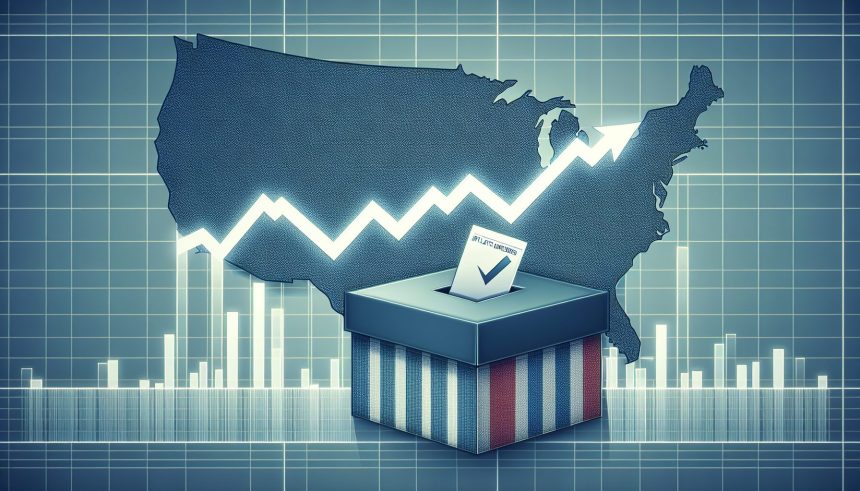As the US election in November approaches, worries about inflation are intensifying. The potential fluctuation around the Federal Reserve’s 2% inflation target has become a significant concern affecting economic decisions across multiple sectors. It puts the Federal Reserve’s handling of the situation into sharp focus, as the outcome could influence the country’s fiscal stability.
To assess inflation, there are two primary methods in use: the Personal Consumption Expenditures (PCE) price index and the Consumer Price Index (CPI). The PCE index represents a yearly price increase of 2.4%, according to recent data. This method considers a broad range of individual expenses including direct and indirect spending. On the other hand, according to the CPI, the inflation has increased 3.2% over the past 12 months. This metric focuses more on direct consumer expenditures.
The choice of index can greatly influence the inflation measure due to differing components and weights. Consequently, to attain a comprehensive outlook on inflation, both indices are often considered. For instance, comparing the PCE and CPI results highlights a more significant increase in consumer costs compared to the wider economic expenses over the past year. This has led to public deliberation about the factors causing these variations and their potential impact on economic evaluations.
A principle reason behind the disparities is the weight each index gives to healthcare services. The PCE acknowledges expenses made by entities like Medicare or employer-provided health insurance companies, while the CPI does not. Similarly, the two indices also contrast in the weight assigned to the housing sector and gas prices, further leading to diverging results.
A detailed analysis is necessary to comprehend these nuances and identify the exact influencers impacting the CPI and PCE results. The investigations will help shape a broader and more detailed understanding of the trends affecting the nation’s economic health and inform more effective monetary policy decisions.






